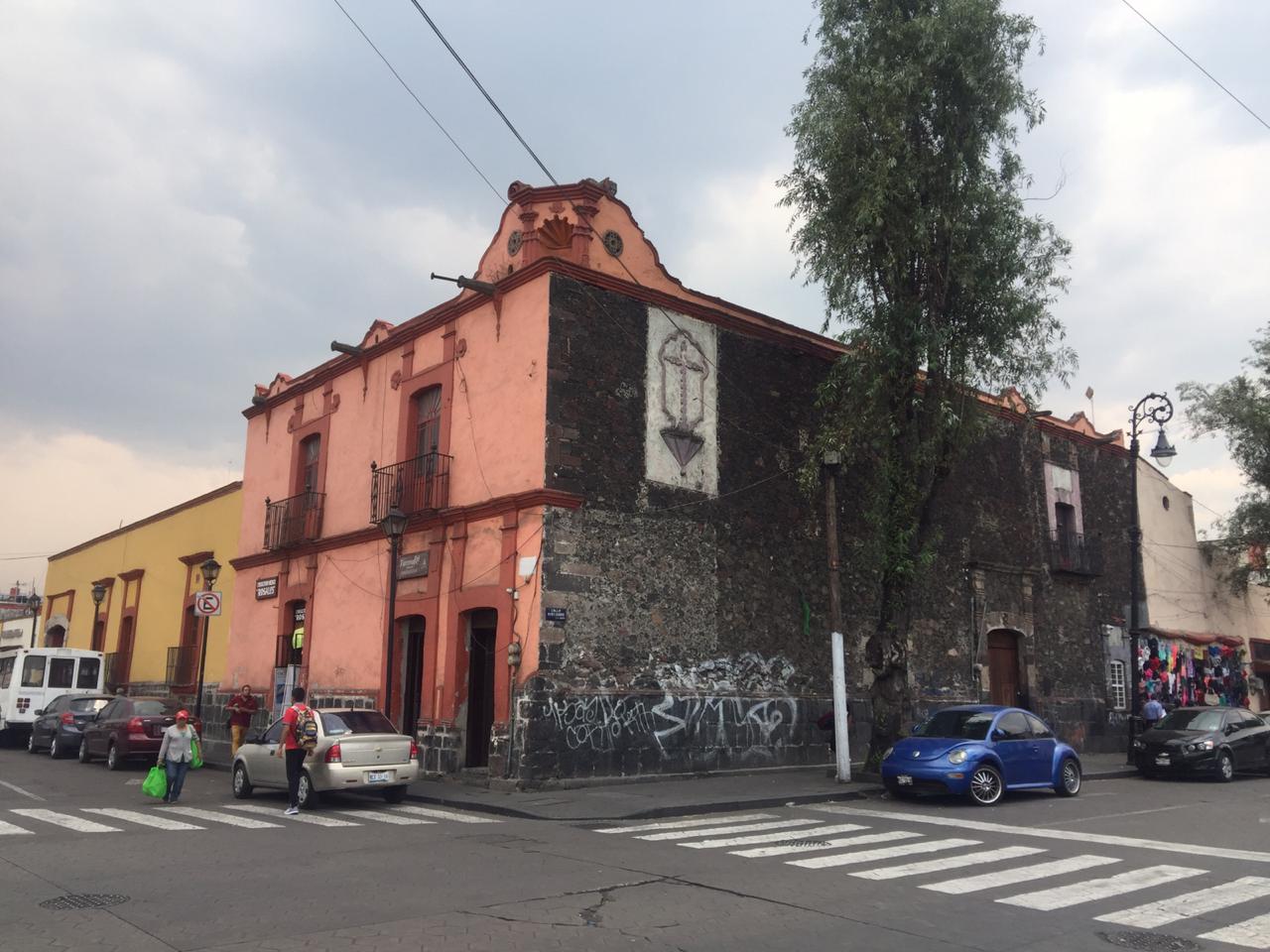
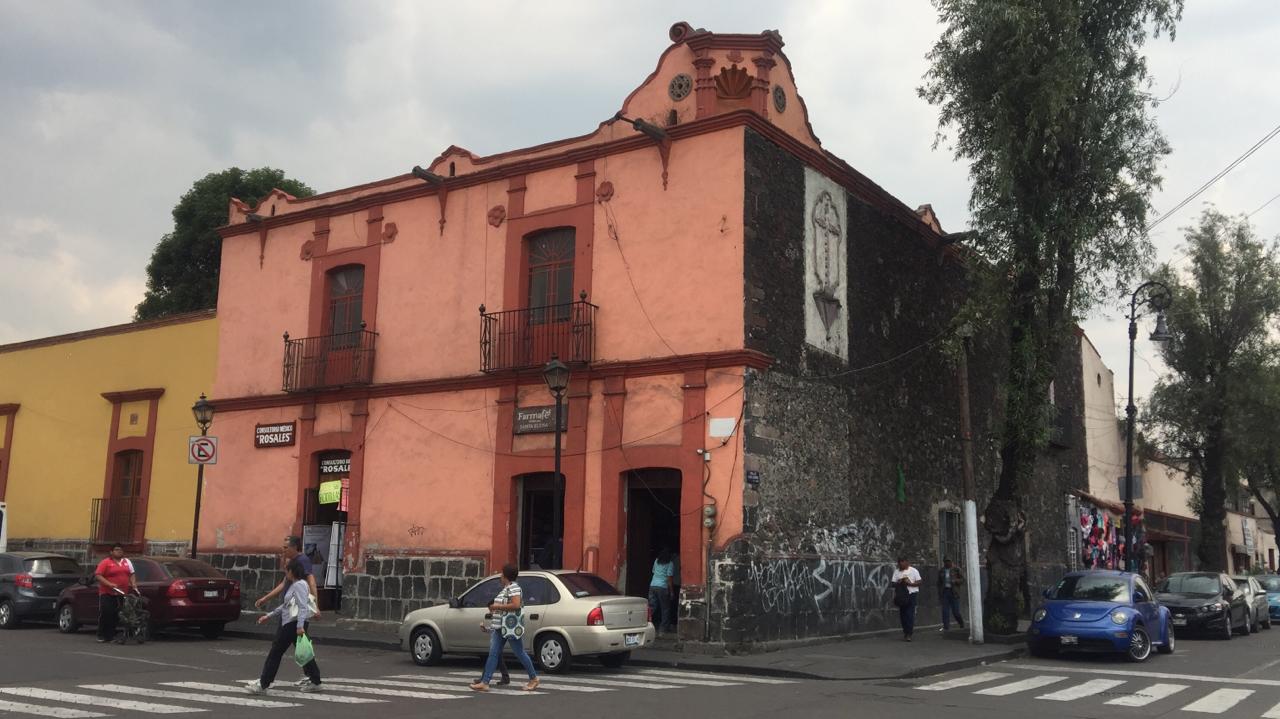
Photos: YoelResidente Attribution-Share Alike 4.0 International
The Casa Amaya is one of the oldest individual houses in Mexico City. Right on the corner of the Xochimilco Central Plaza, it offers a quick and deep trip into the early history of the entire area.
Begun in about 1553, the house has long been know as the “Casa del Cacique Apochquiyahuatzin.” We don’t use such a name today because the word “cacique” implies a “strongman” or even “thuggish” style of leadership. That’s clearly a misunderstanding of indigenous ways by colonial-era thinkers. The Virrenial system the Spanish imposed on the Valley of Mexico, from our own perspective, was entirely a cacique system.
Today the home is known by the name of the Amaya family who purchased it in 1920. But it’s especially remembered for having been the home of Apochquiyauhtzin.
Today the street level is home to a pharmacy and a medical office. But as a home to an early “indigenous nobility” it’s entirely unique. Much of Xochimilco traces its history through this very house. A good tour of the Xochimilco Historic Center may rightly begin here.
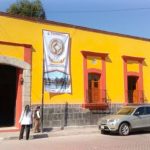
Nearest at 0.02 kms.

Nearest at 0.07 kms.

Nearest at 0.09 kms.



The quickest easiest way to the canals of Xochimilco...

A teeming hive of commerce, culture, and food, it's a spectacular place for lunch and more.
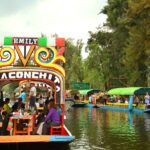
The Cuemanco Boat Launch at Xochimilco Lake is one of the biggest and most publicly accessible trajinera launches in Xochimilco.

One of the closest "ecological" boat launches in Xochimilco, you'll set off for the deepest and most verdant canals.
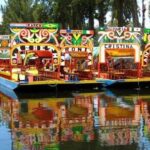
Two of the most popular Xochimilco boat launches, right in the center of Xochimilco, are also the easiest to get to.